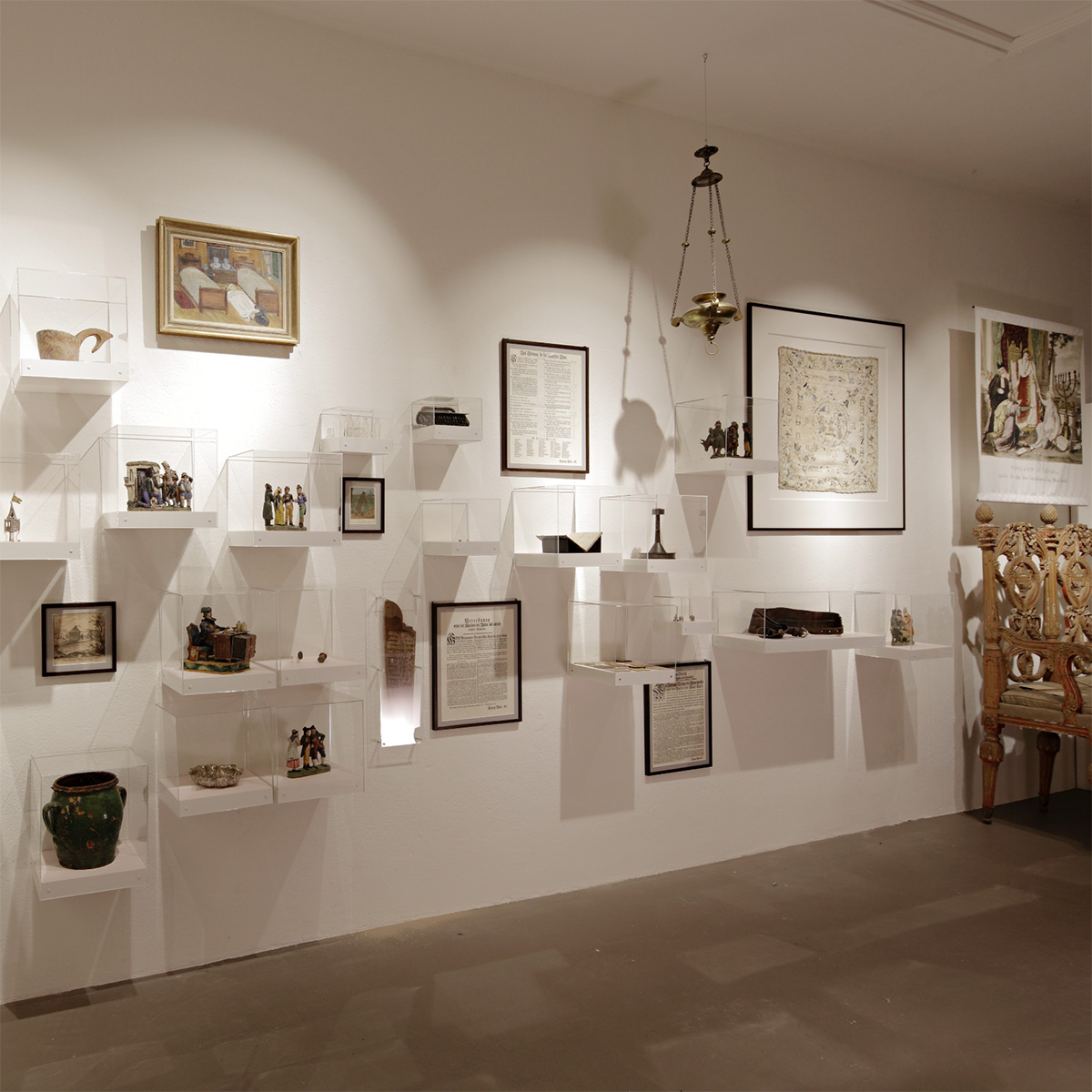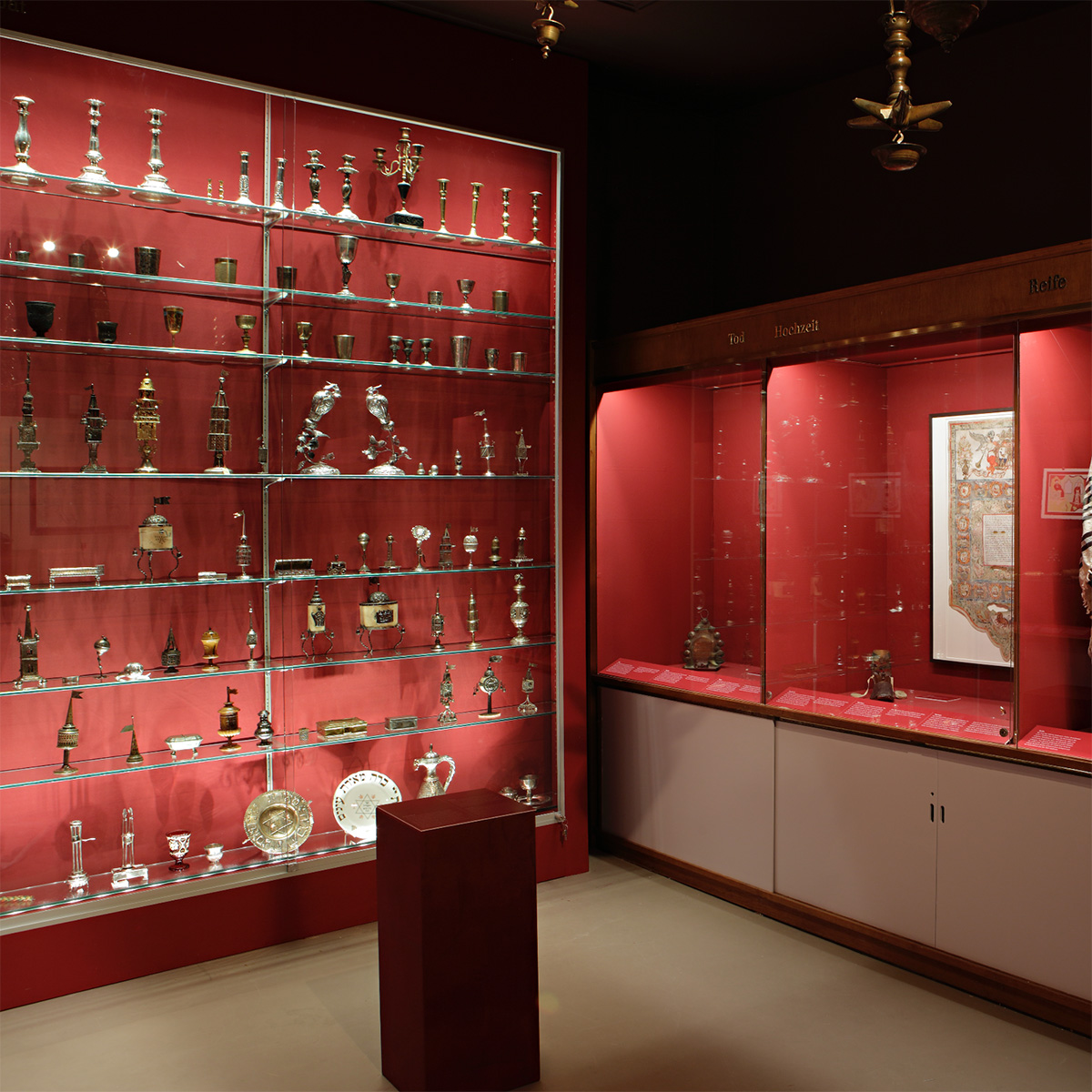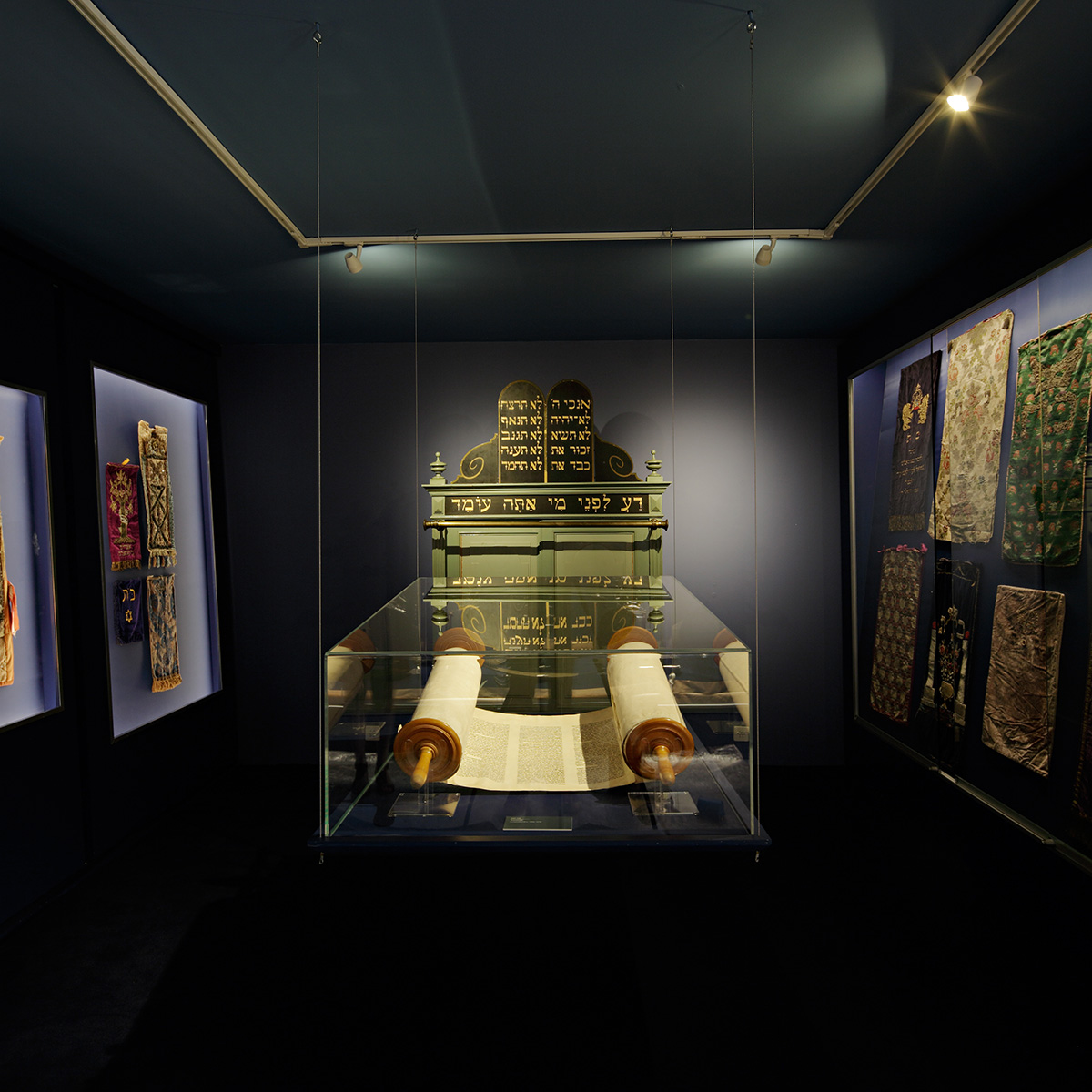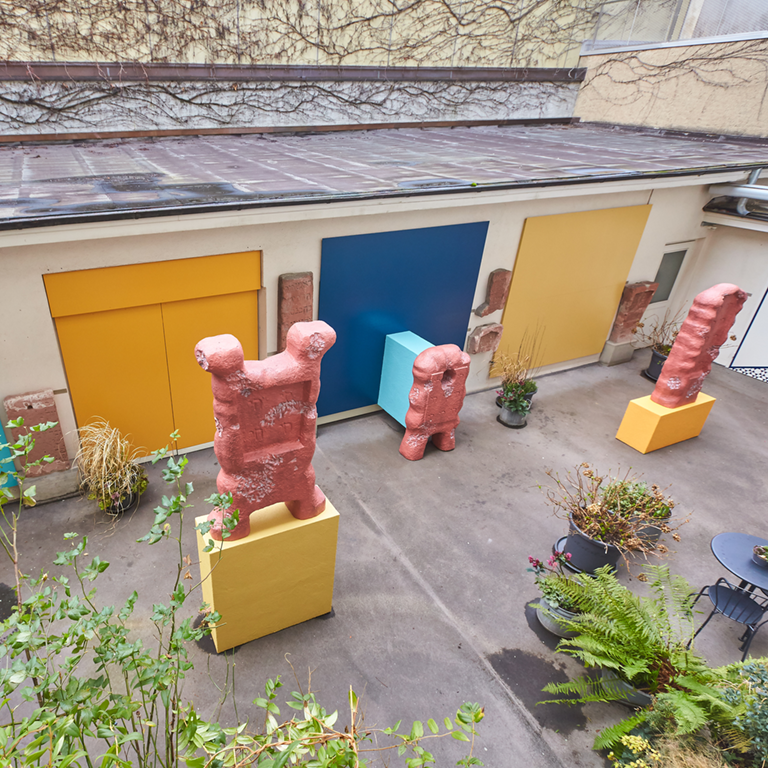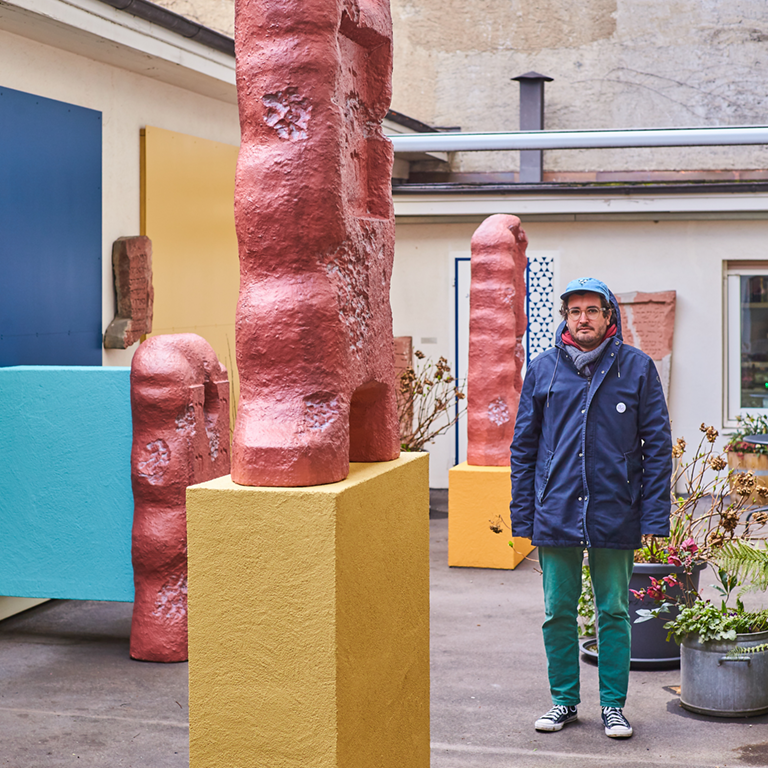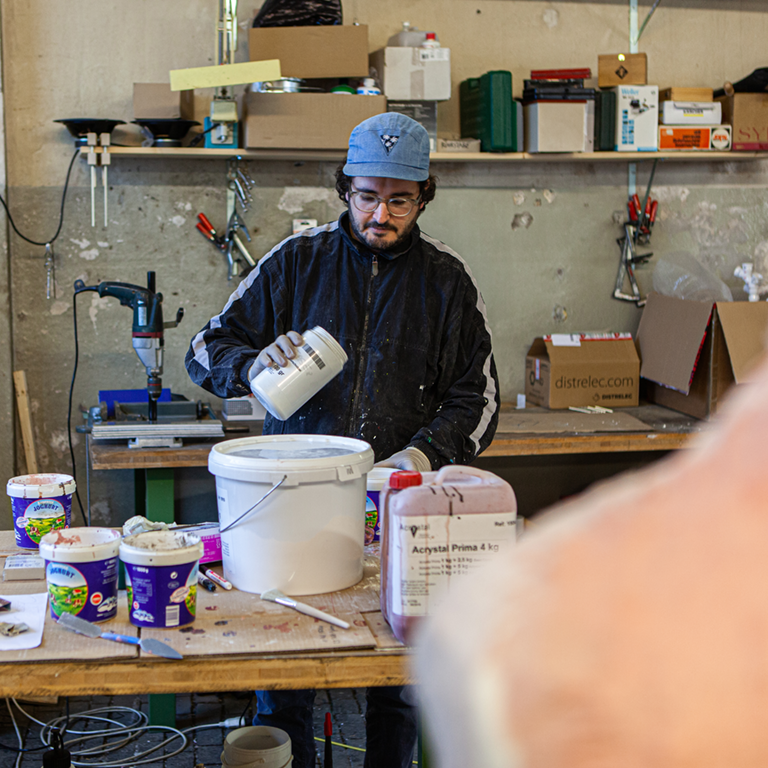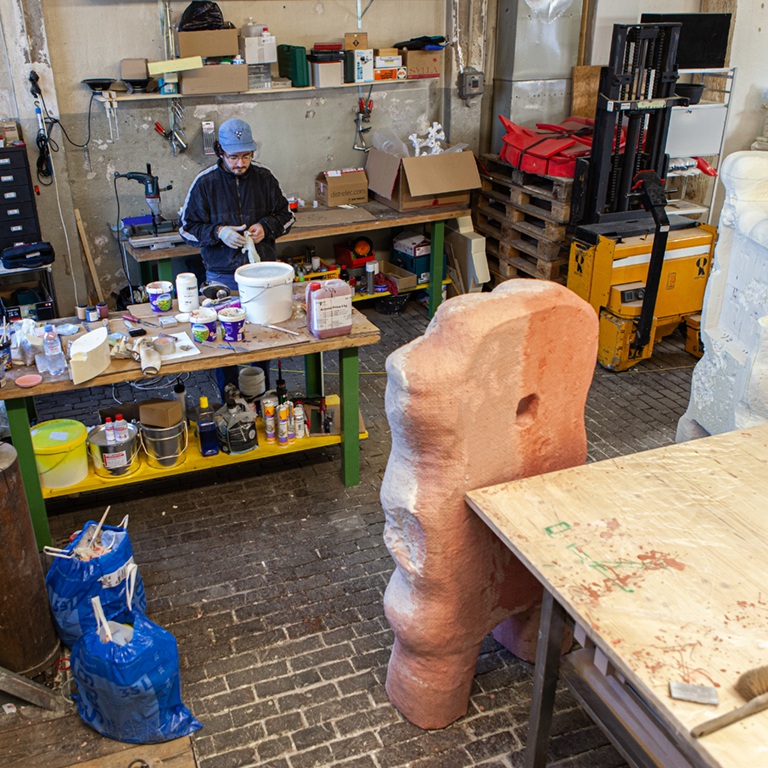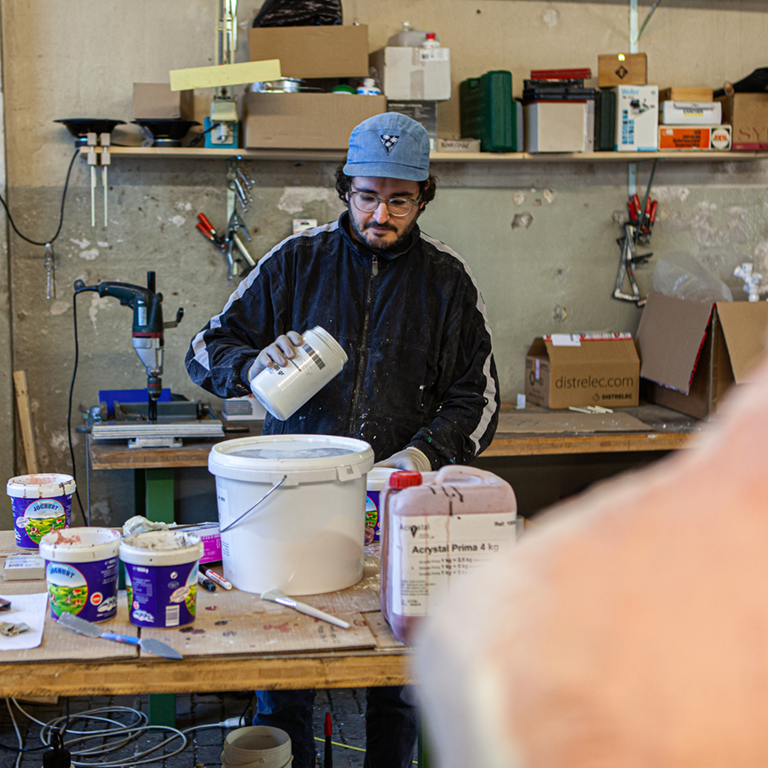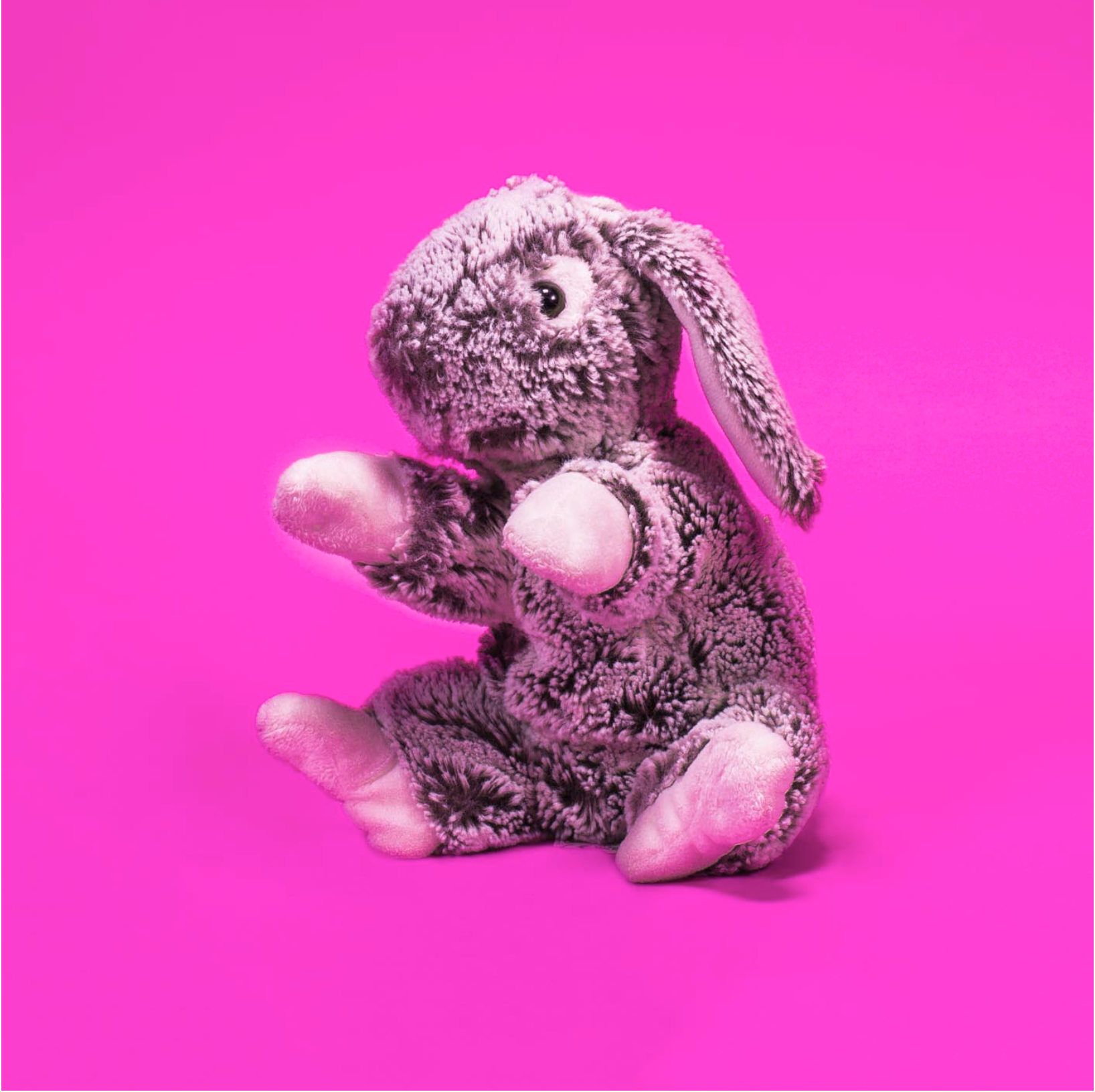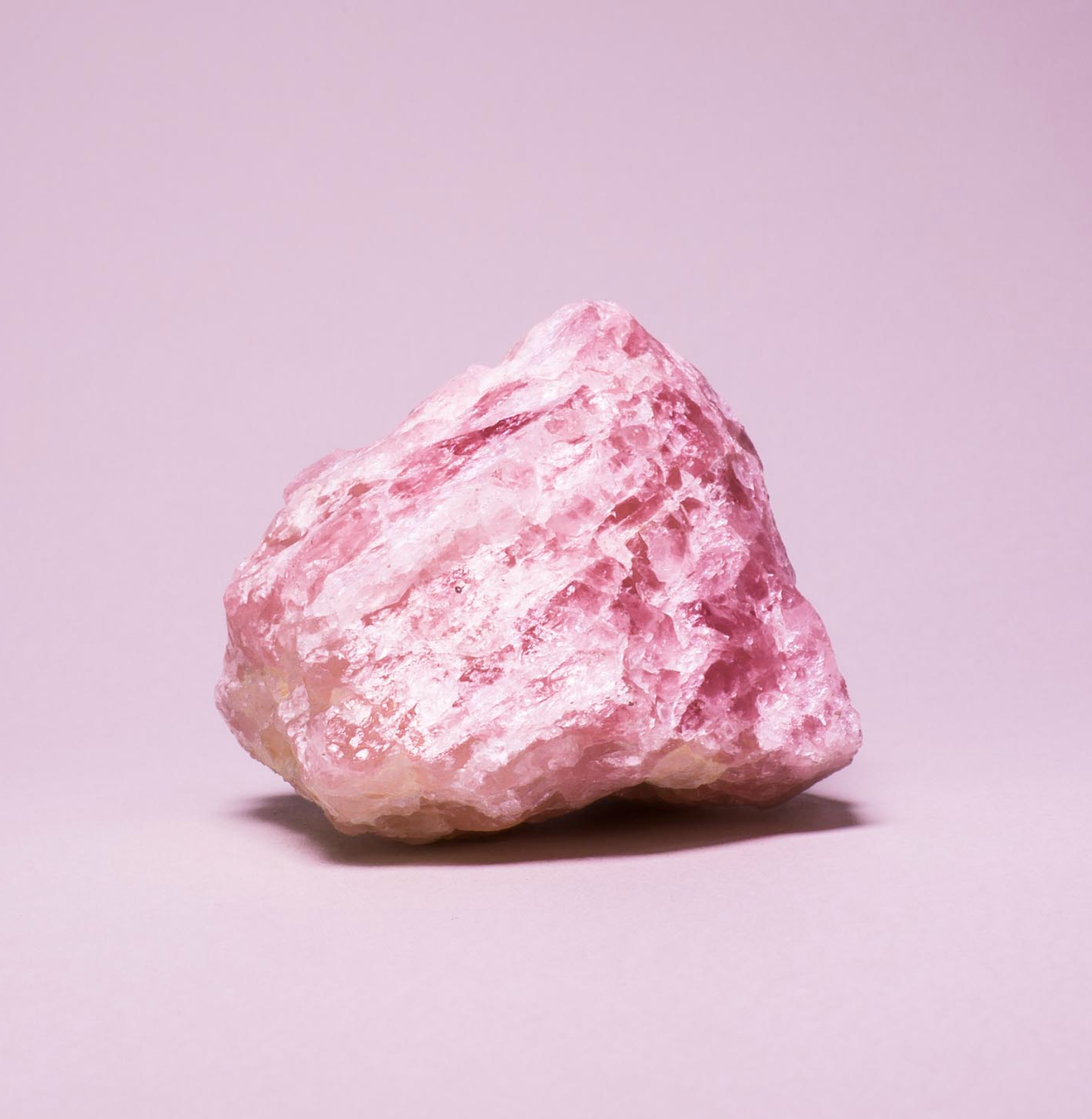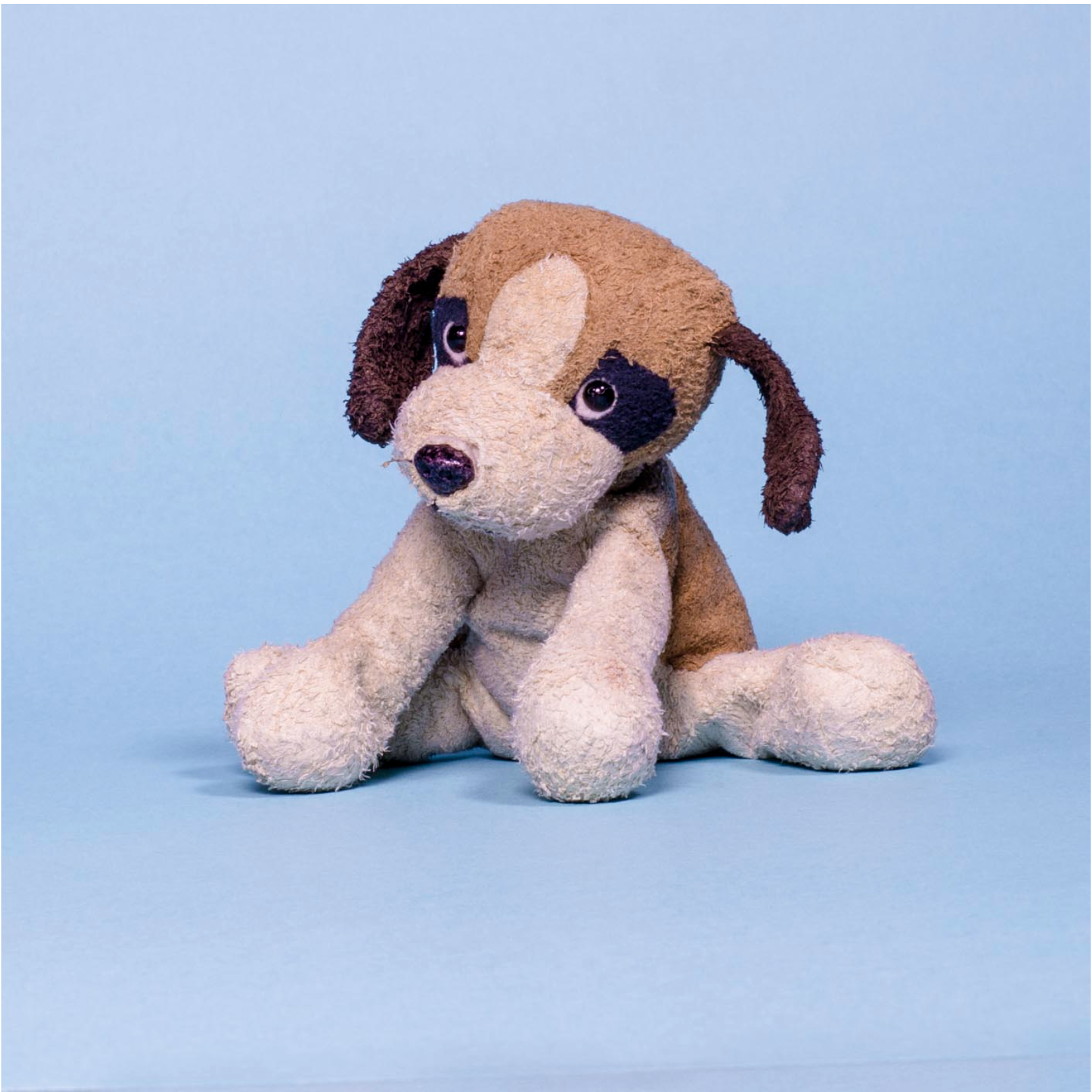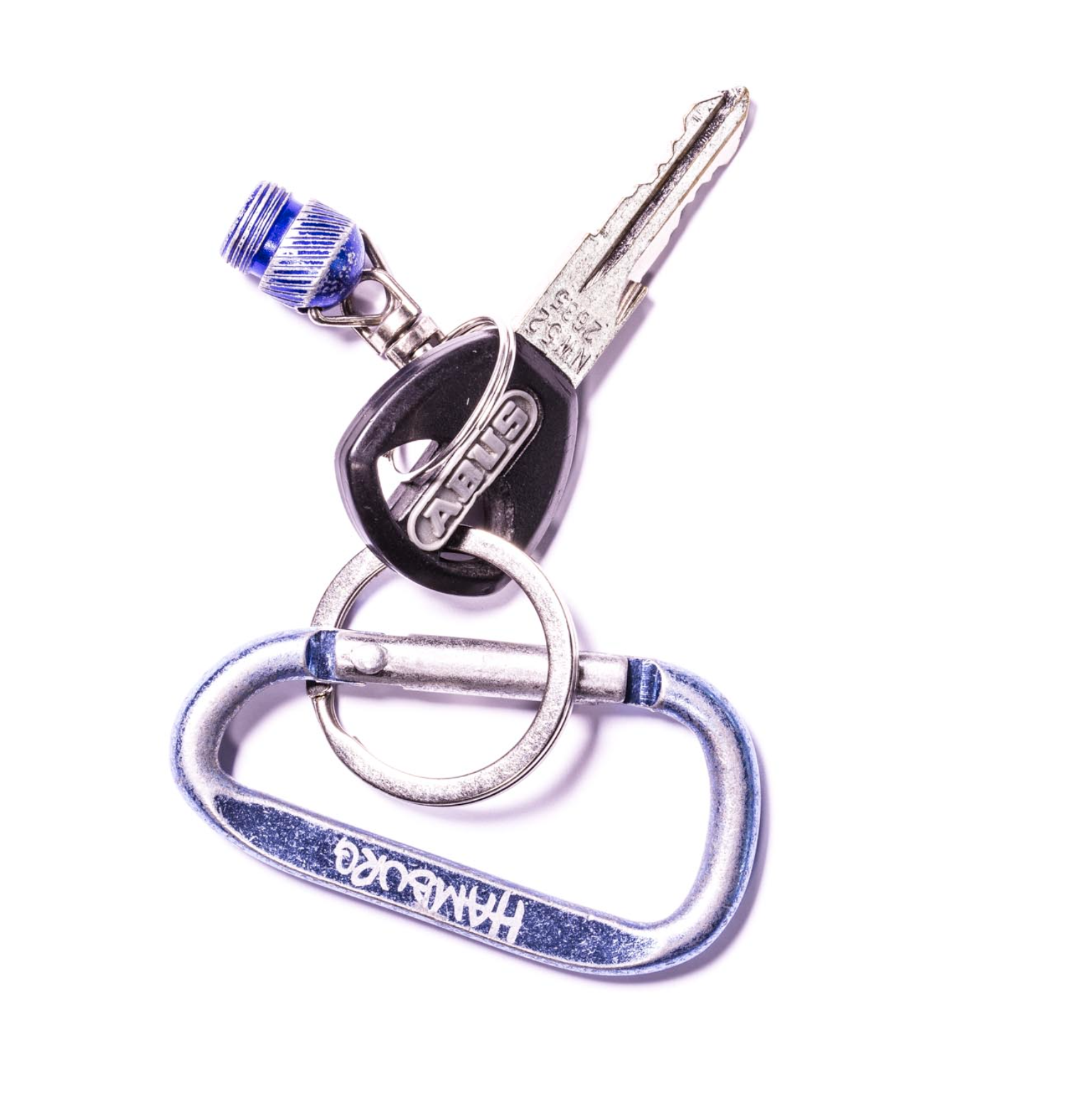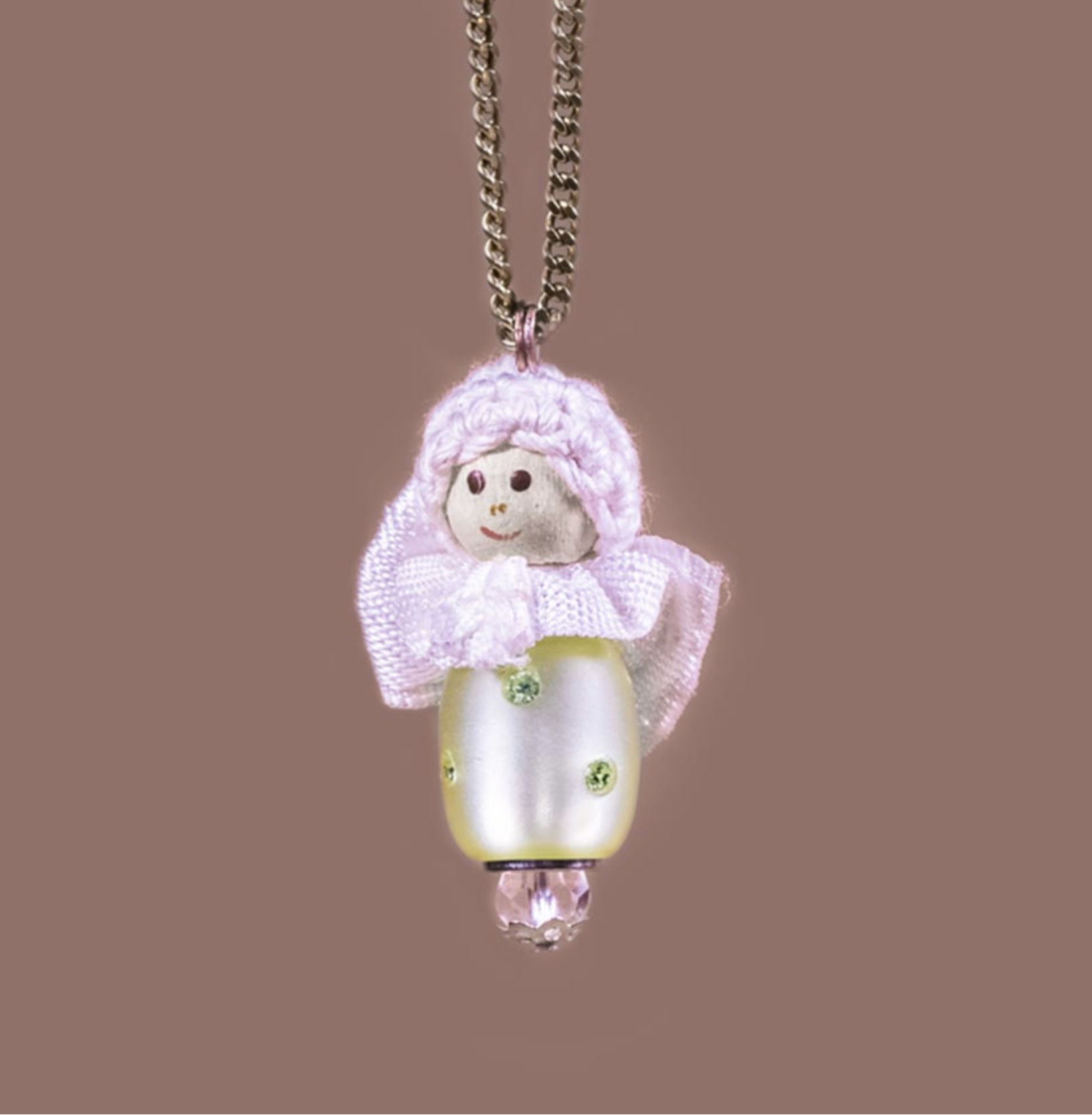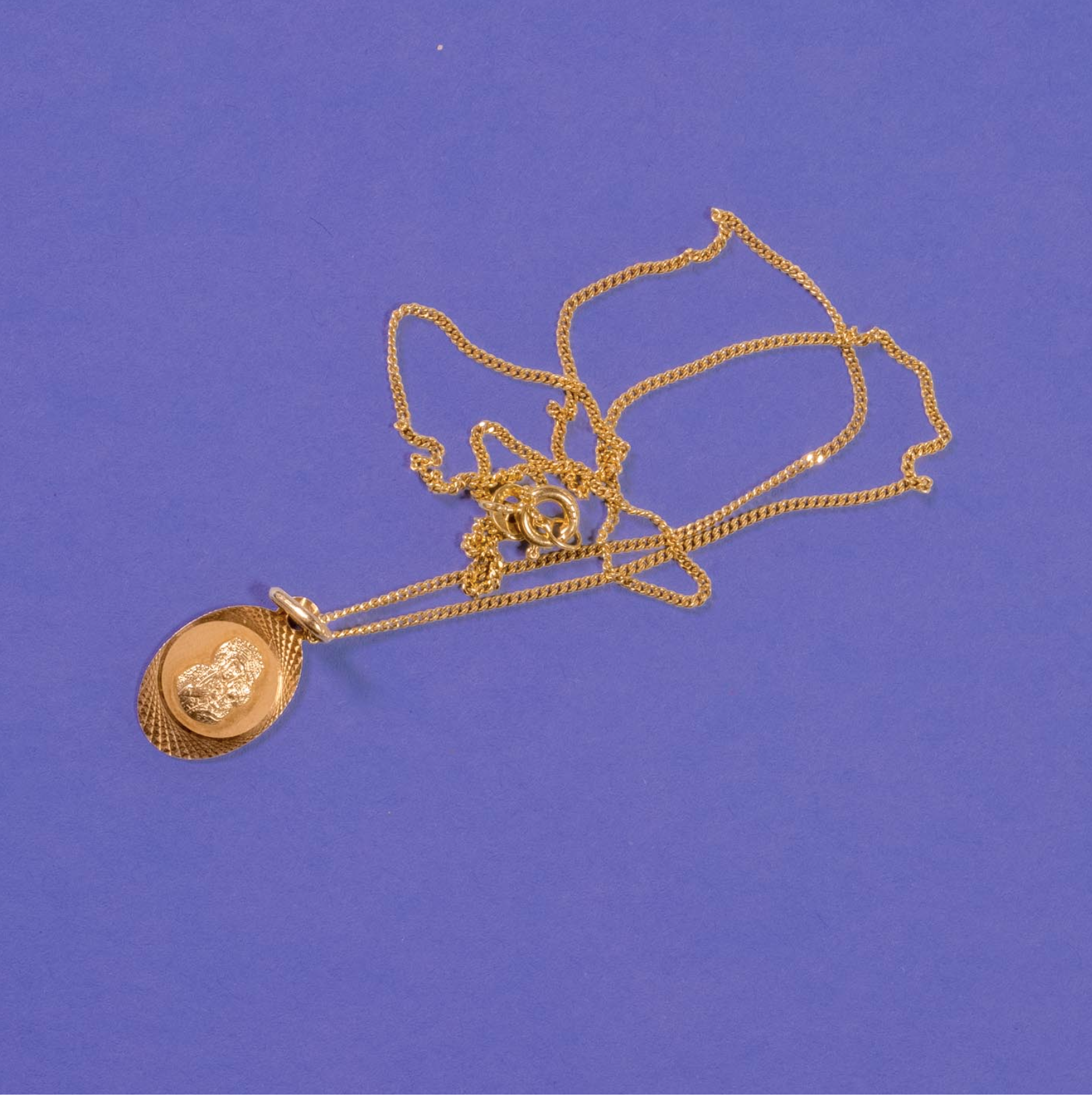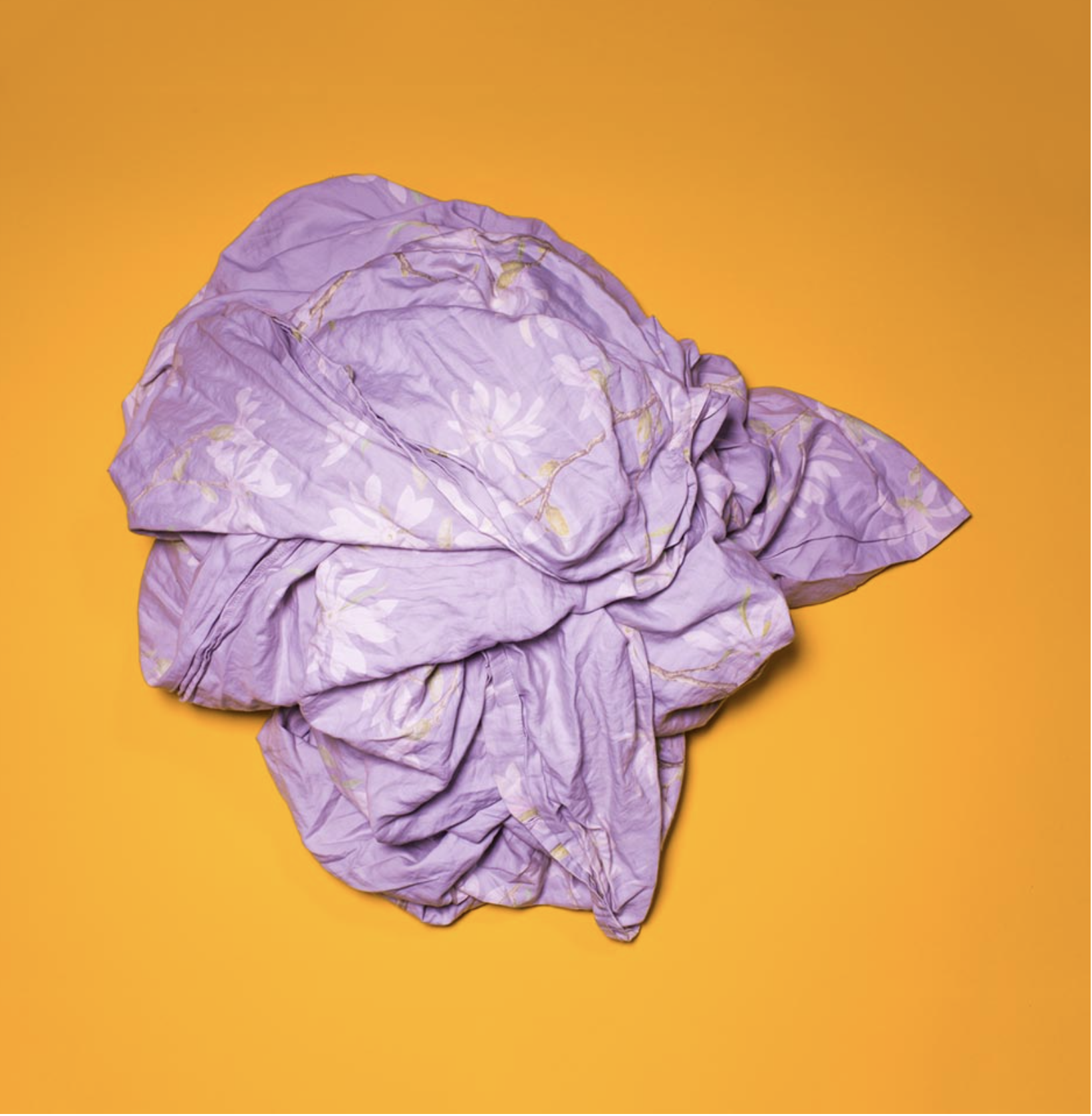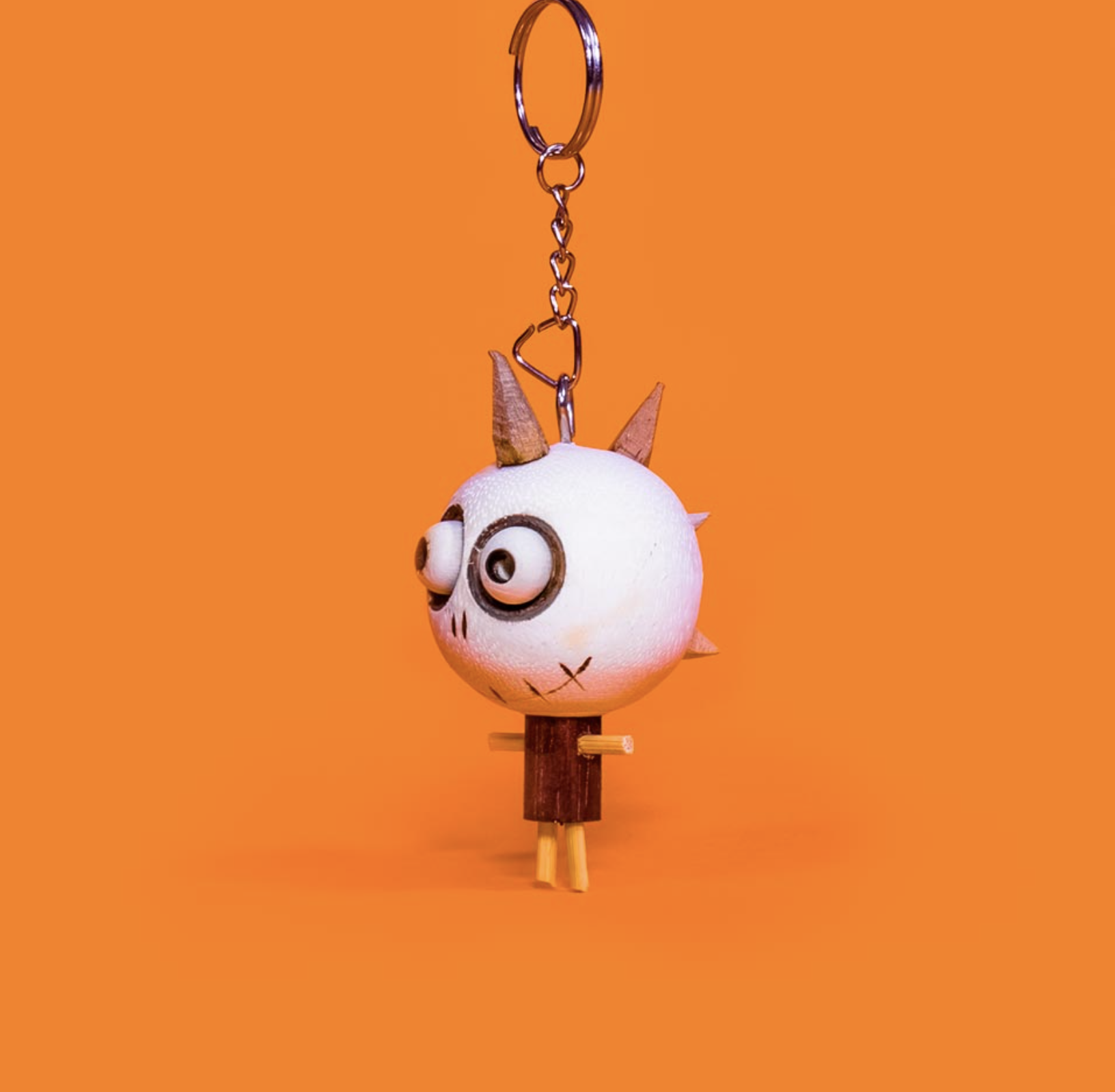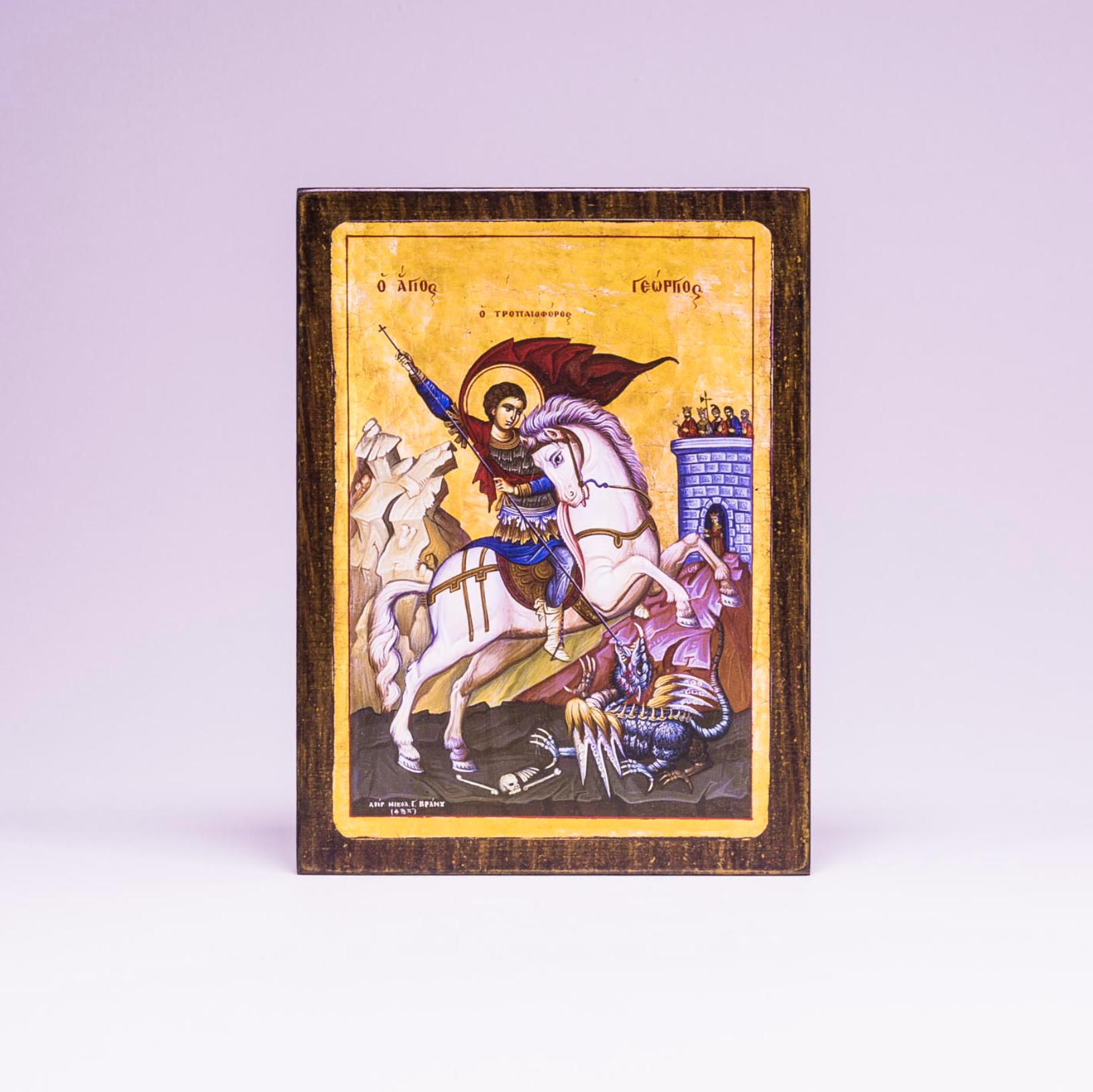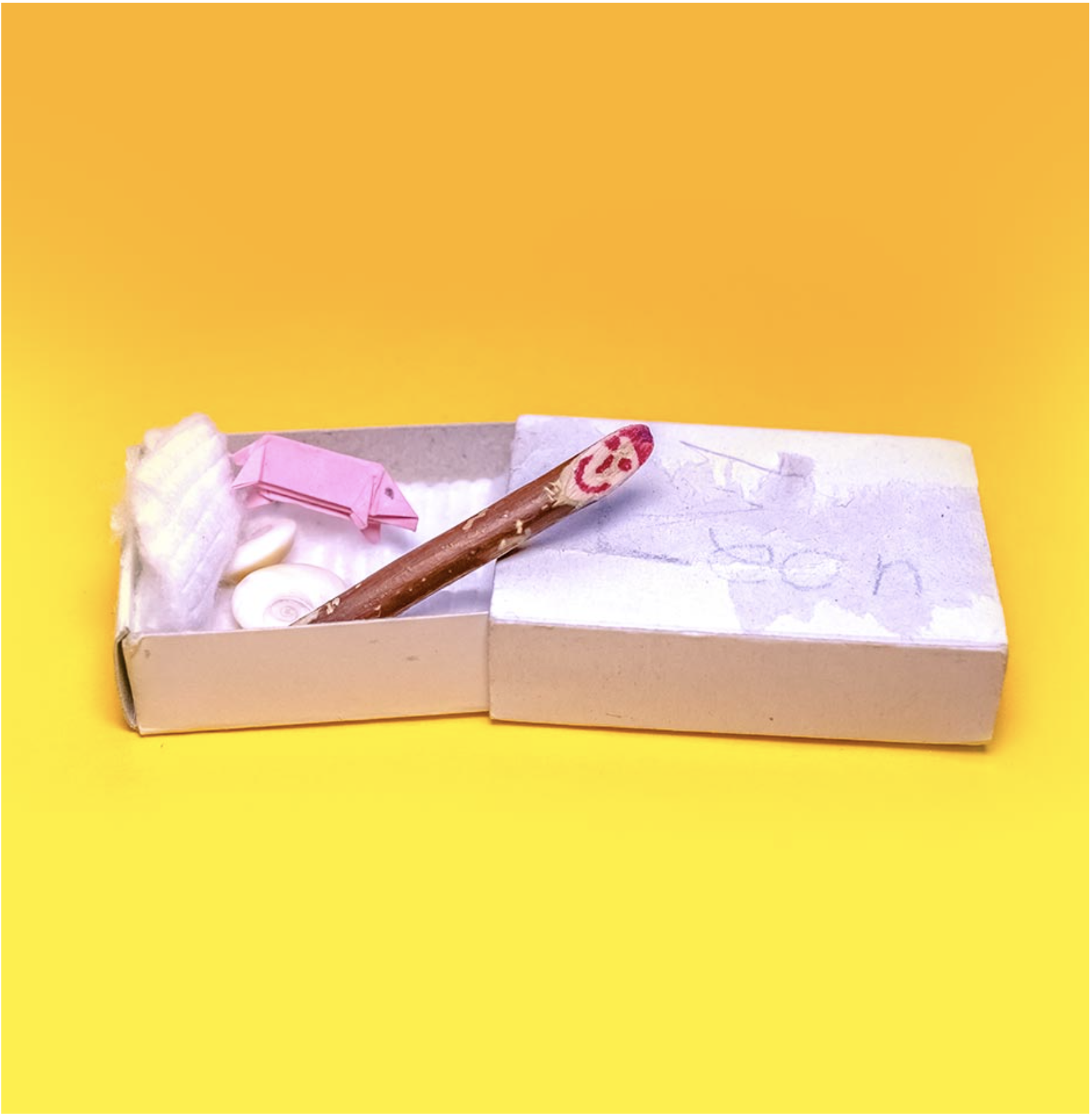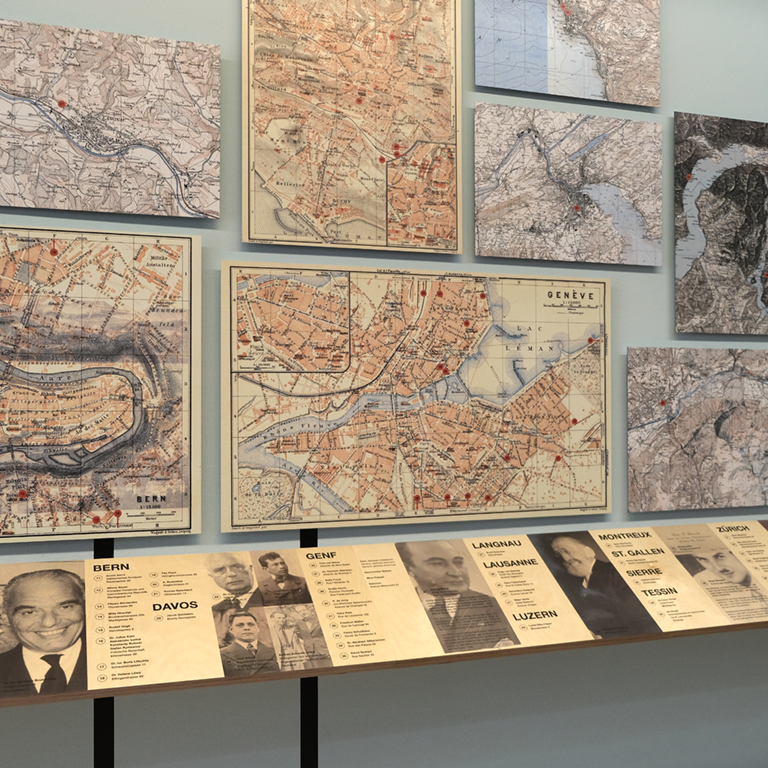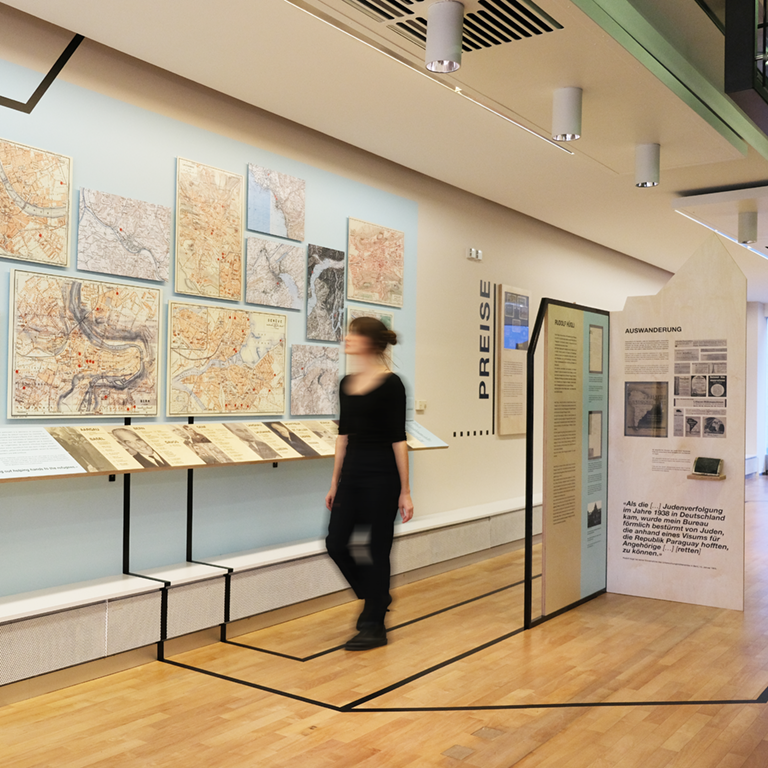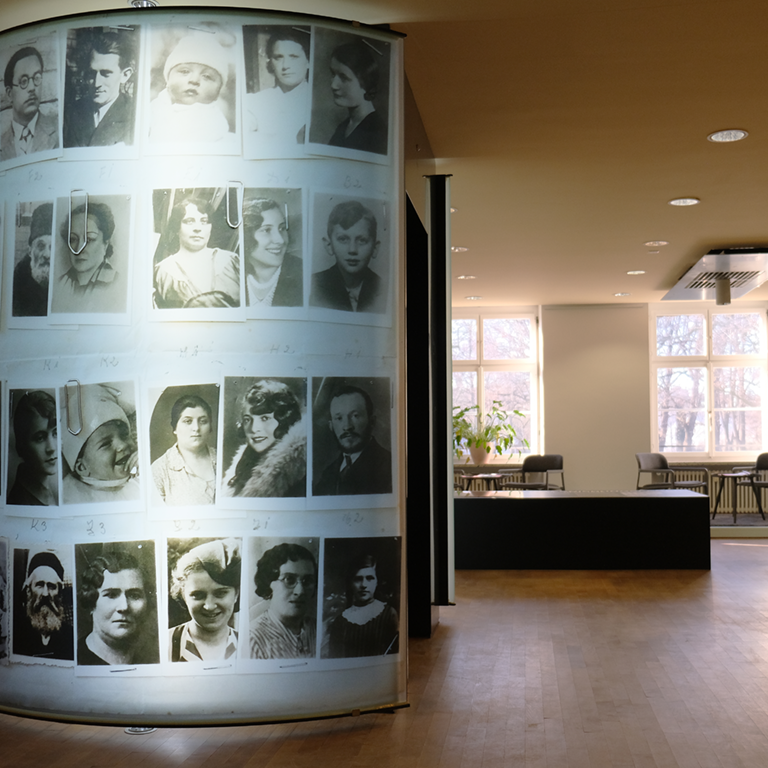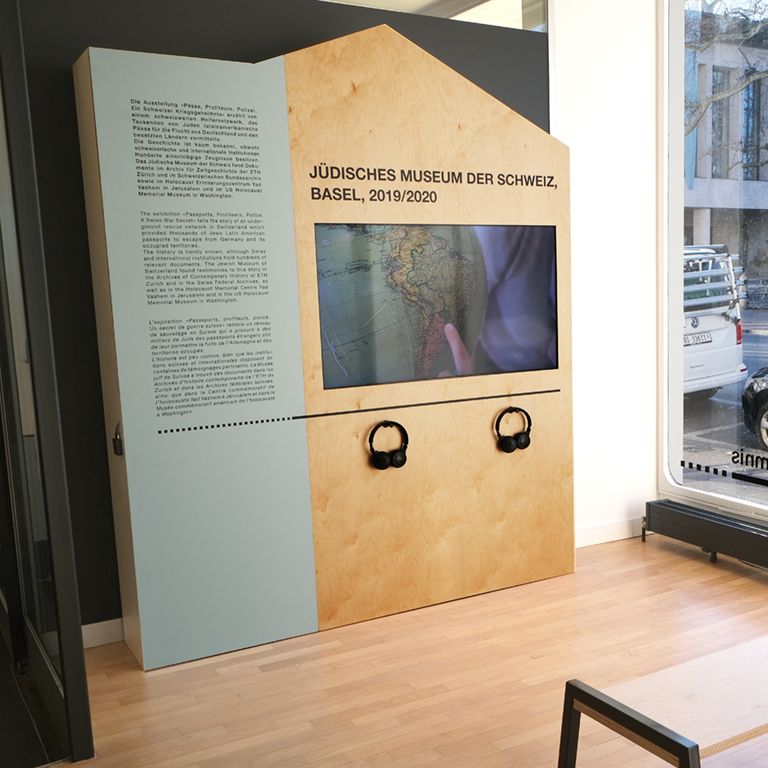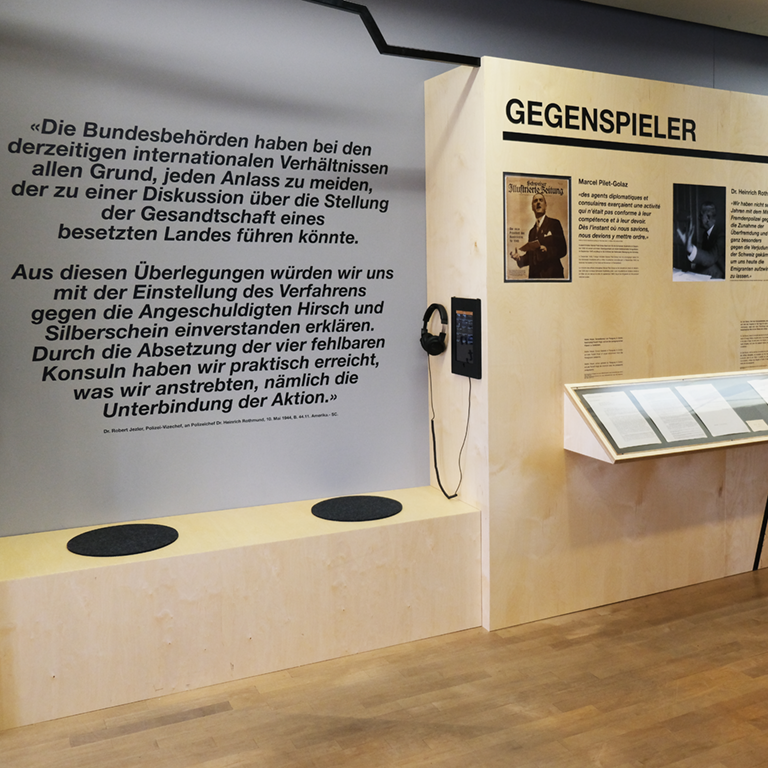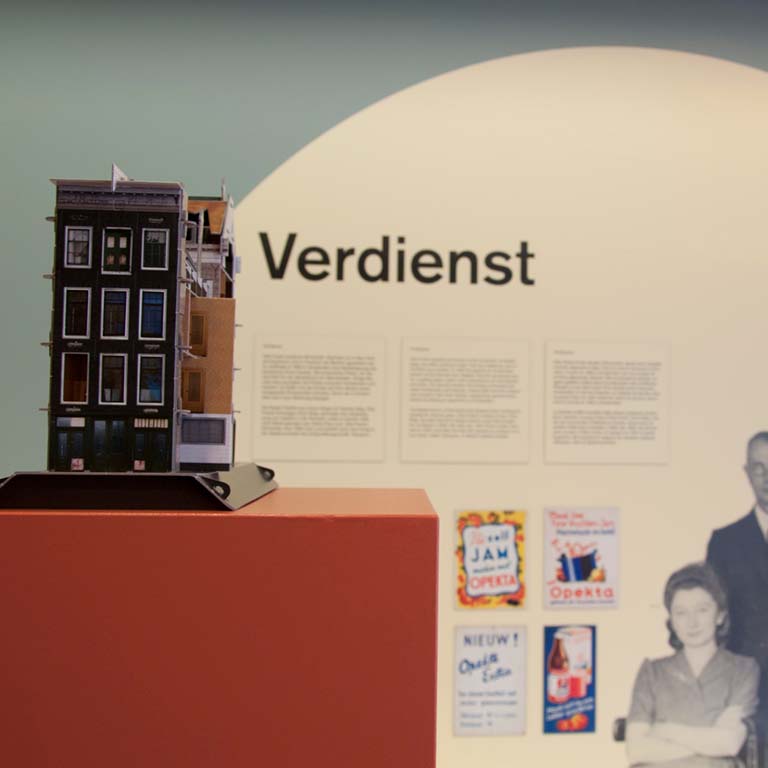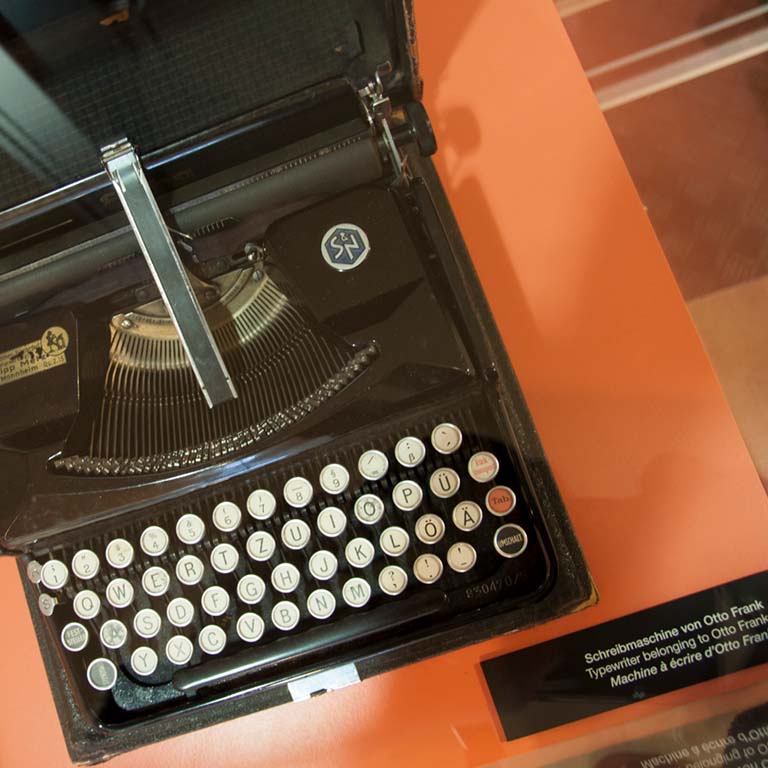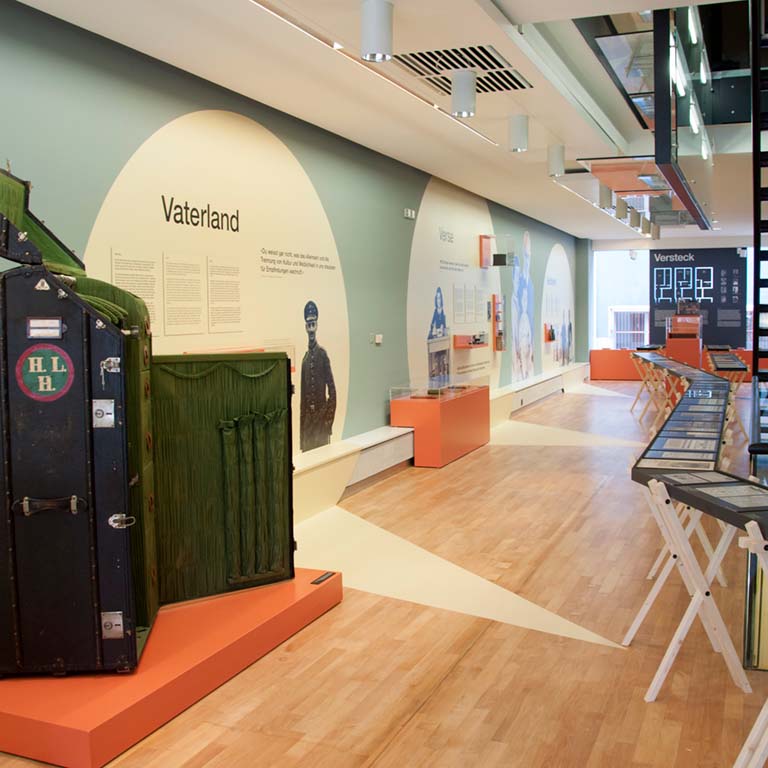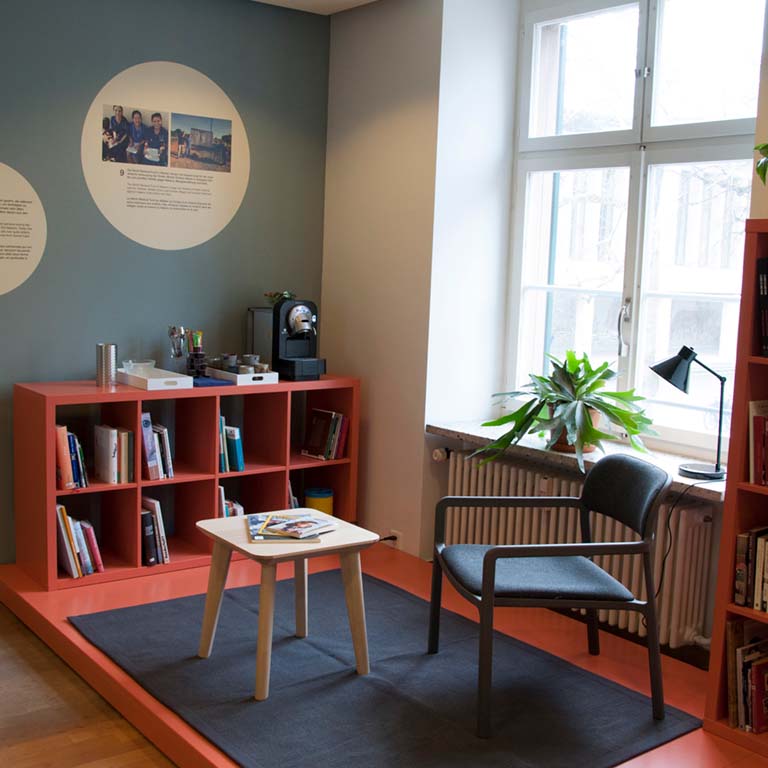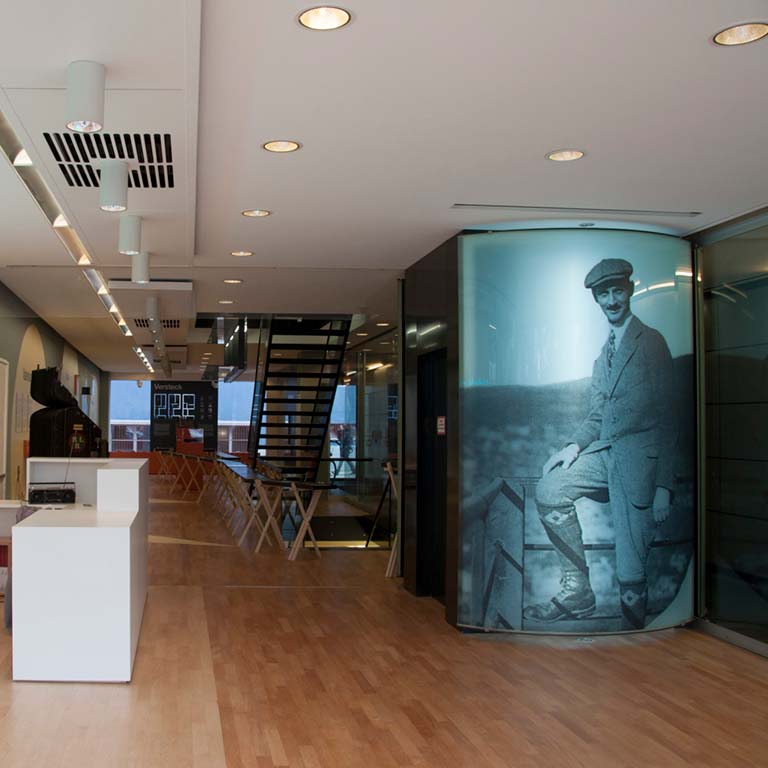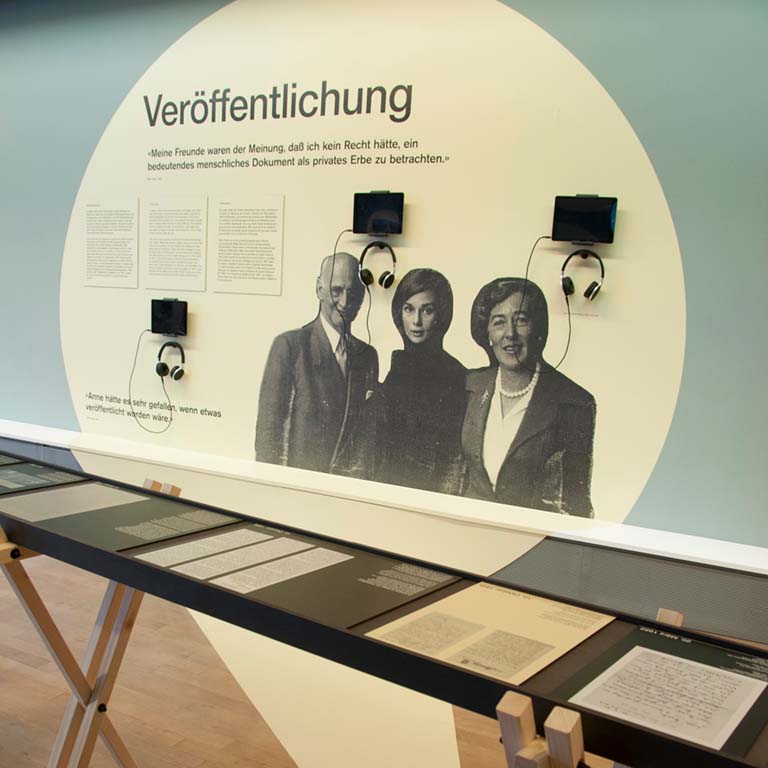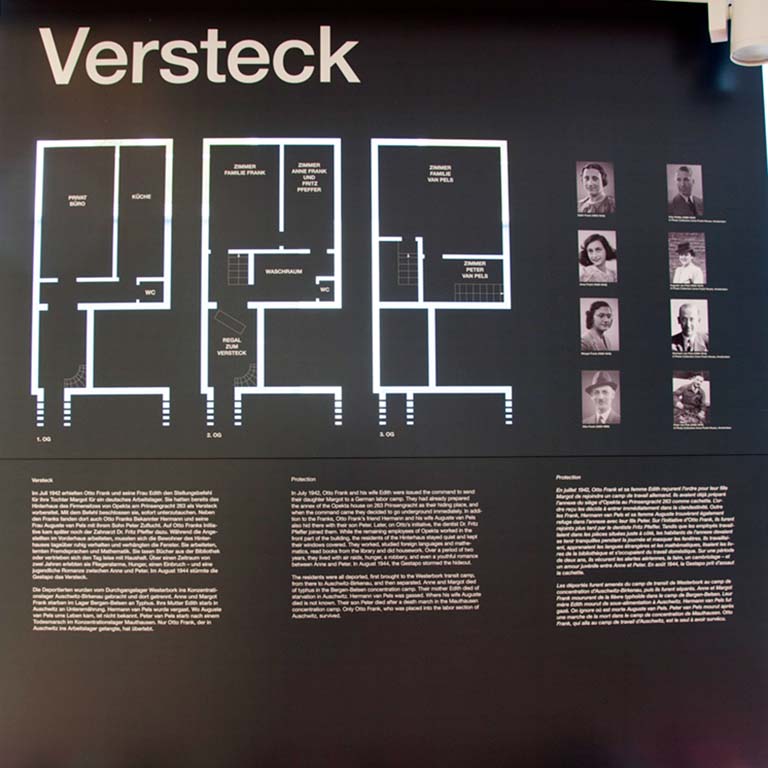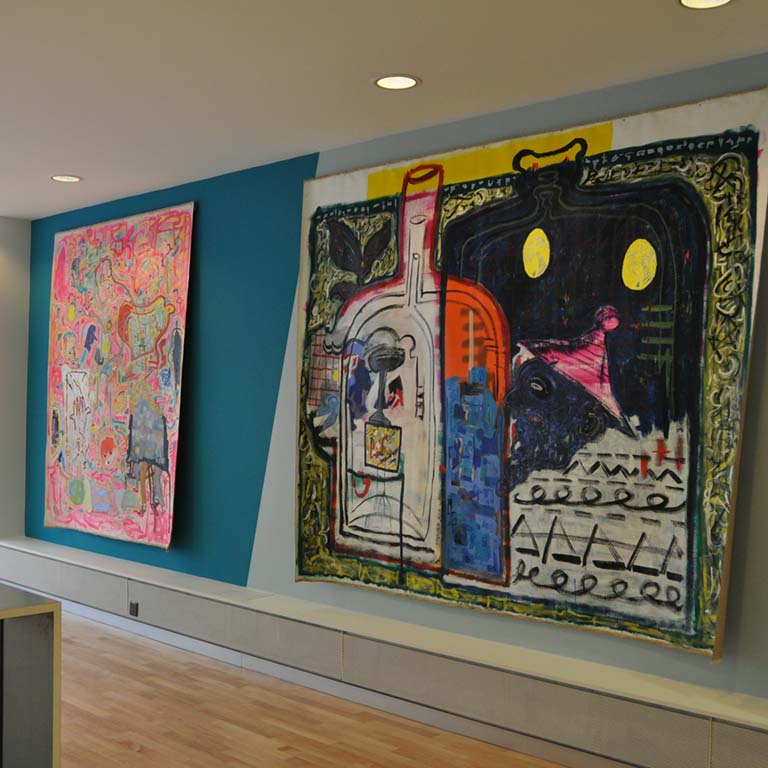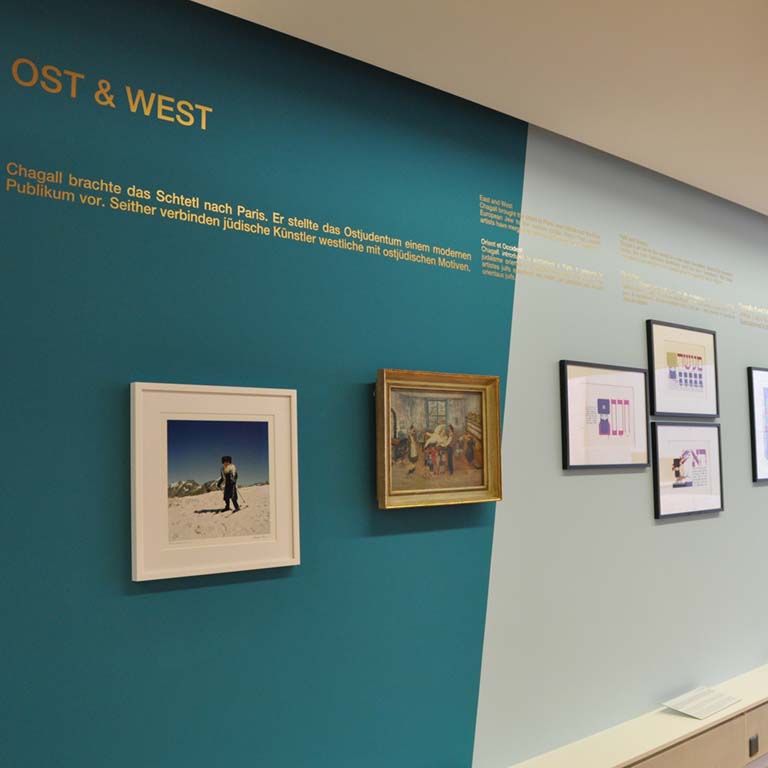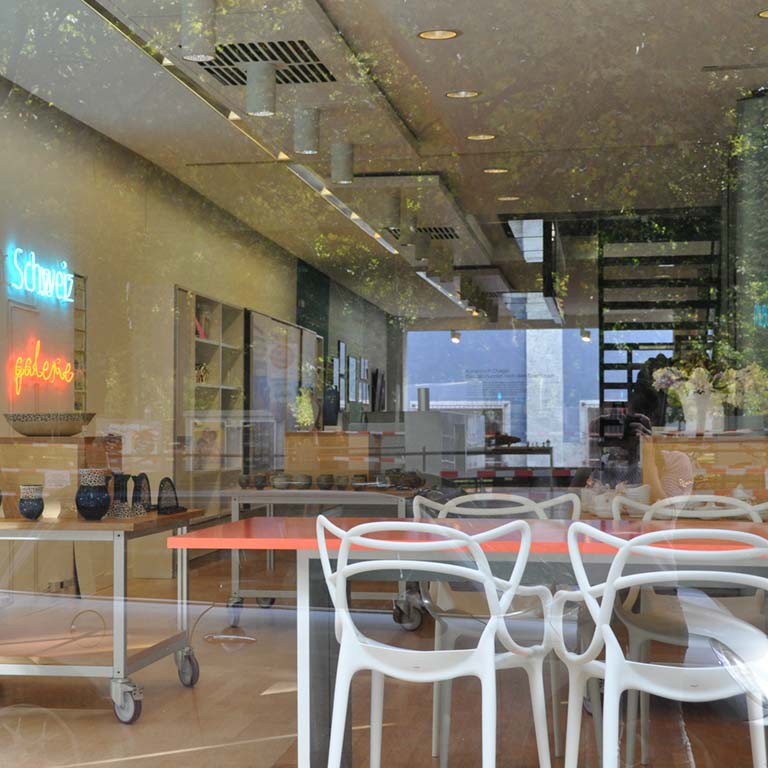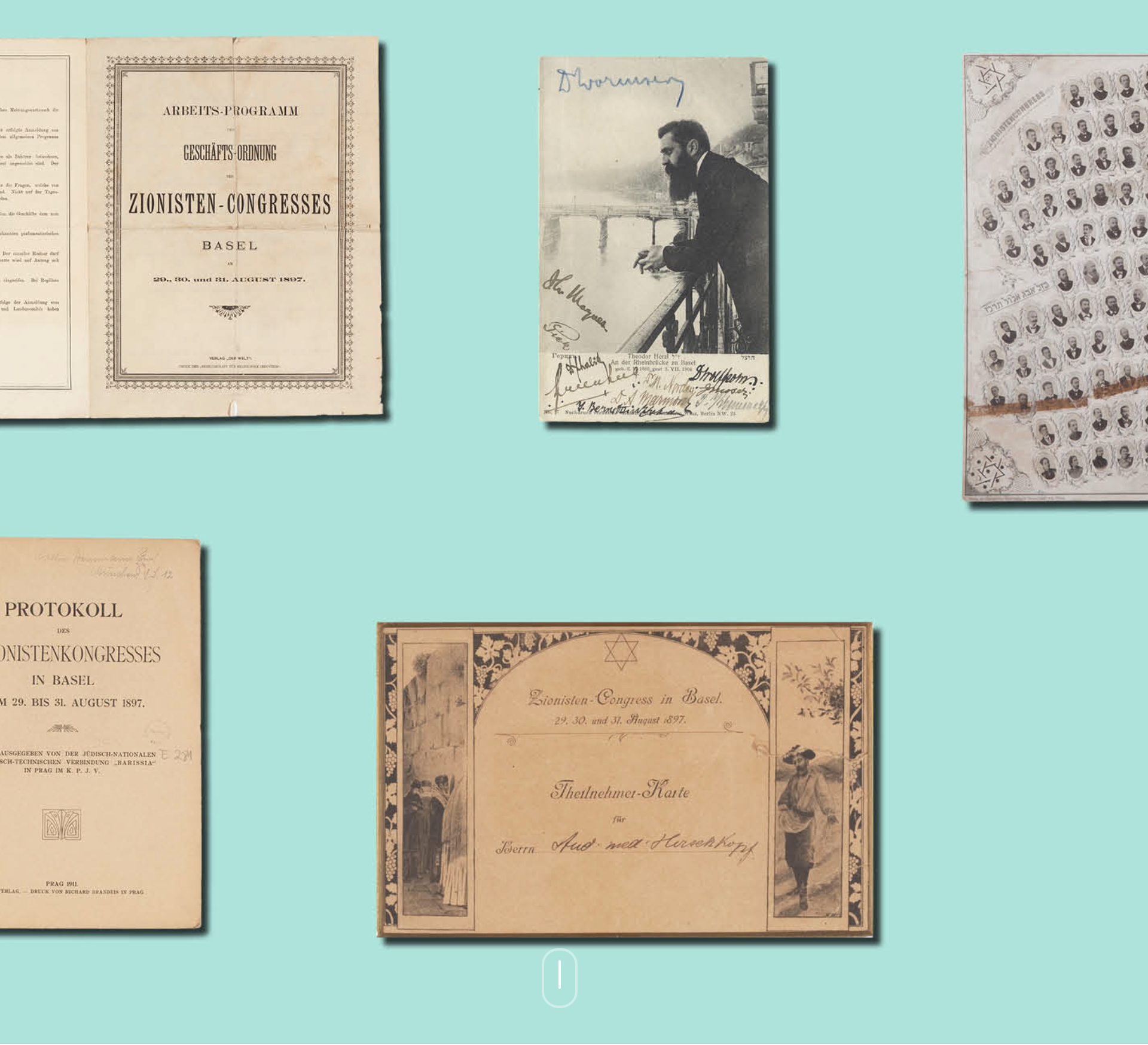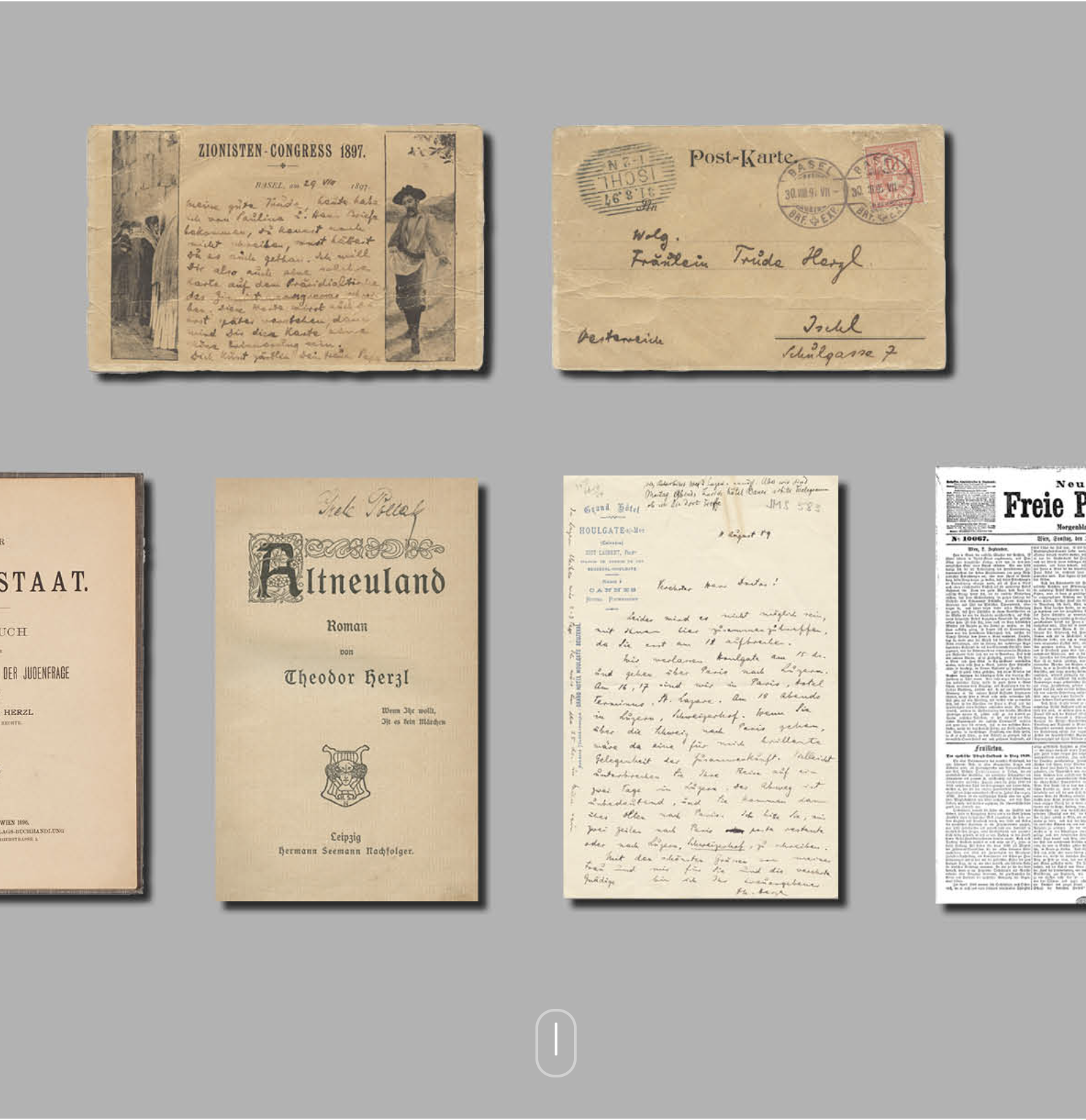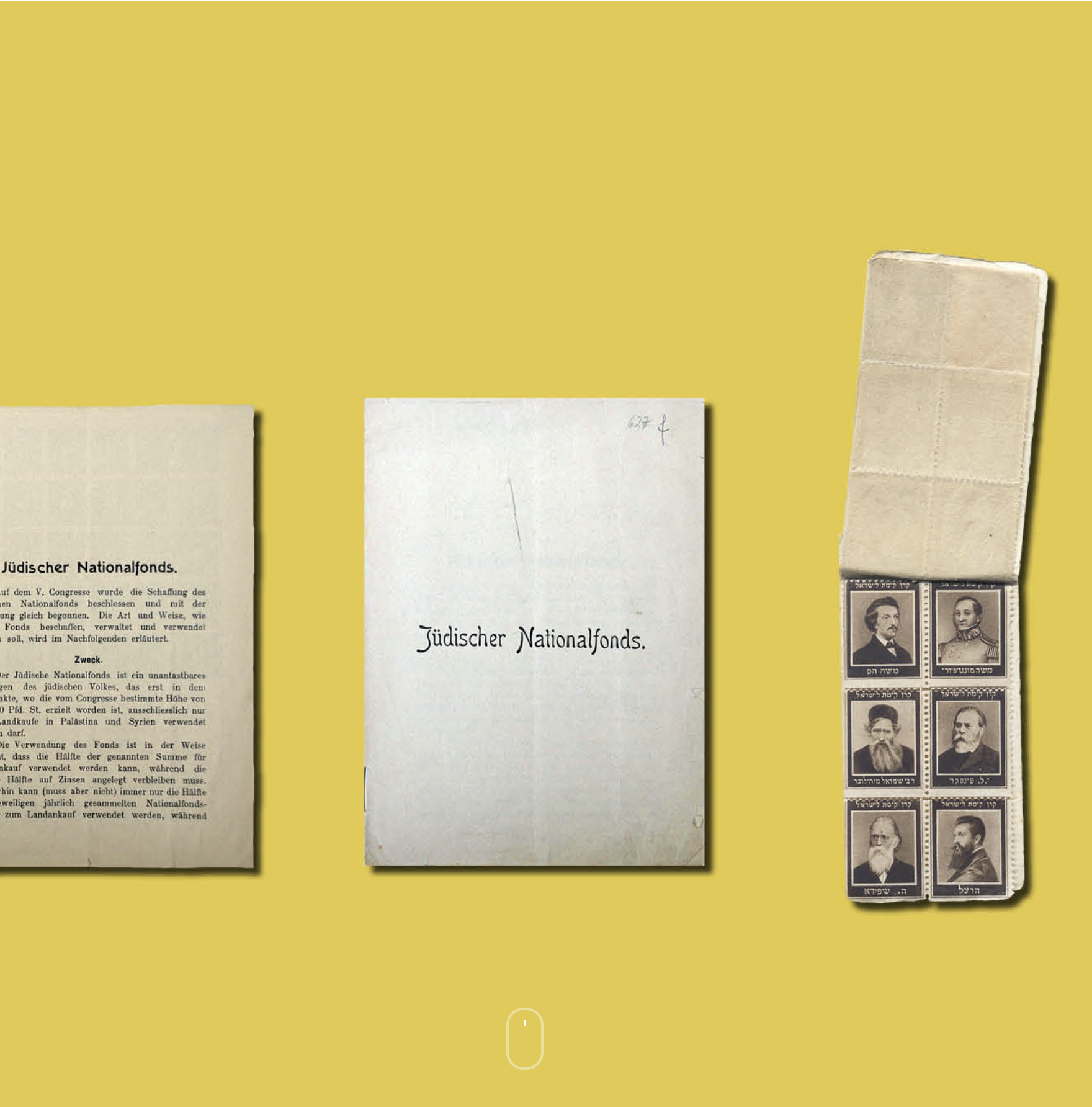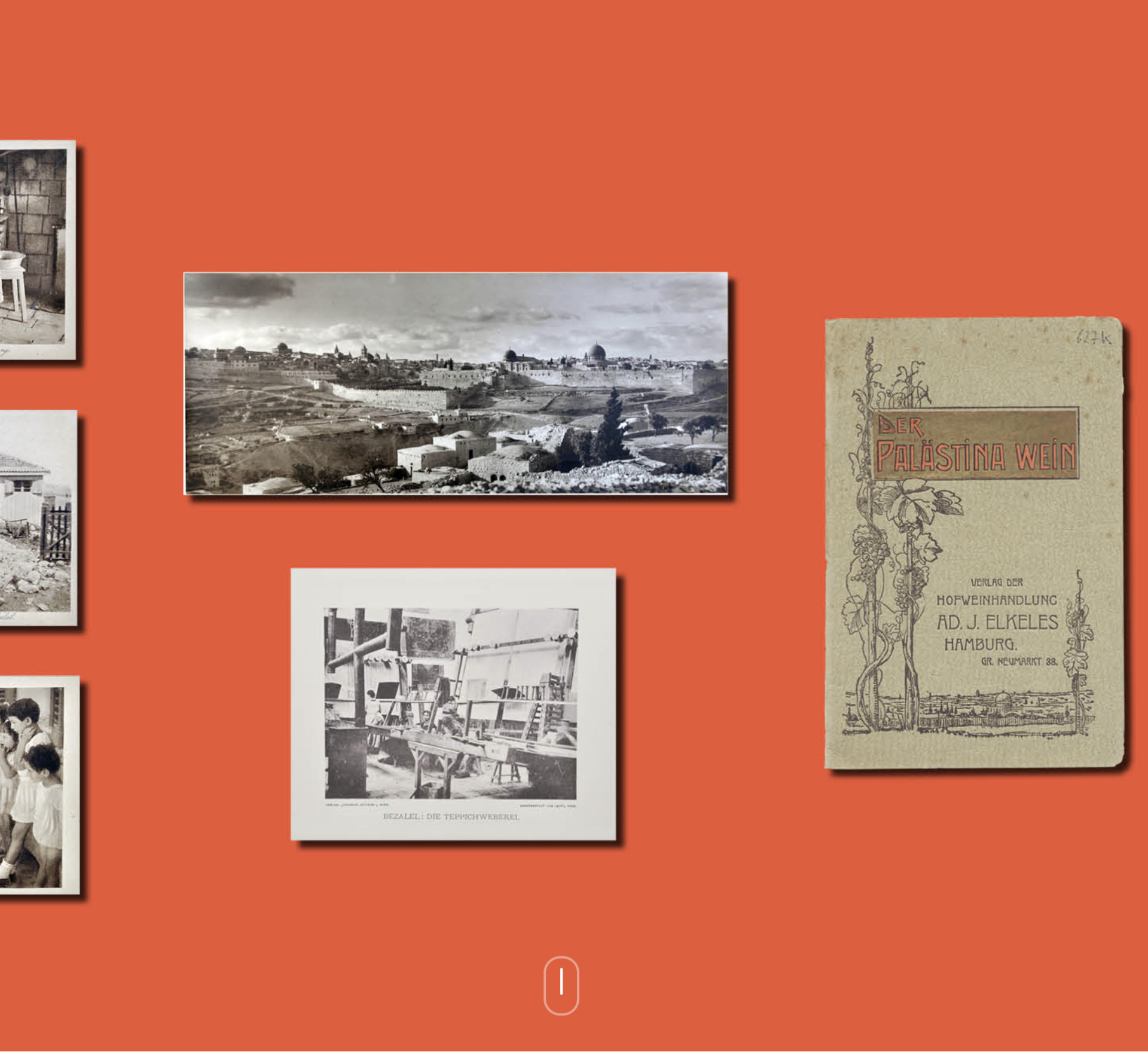17 March 2016–2 August 2016
On 14 January 1866, 53 percent of the Swiss voted in favour of a partial revision of the Federal Constitution, granting Jews equality and the right of settlement. Today, around 18,000 Swiss Jews help shape the politics, economy, science, and culture of their country.
Before 1866, Jews needed special permission to reside in Switzerland, and these permissions were limited to certain cantons. 150 years ago, a referendum brought about religious emancipation in Switzerland. With the freedom of settlement granted by the referendum of 1866, Swiss Jews were put on an equal footing with other Swiss citizens. Since then, Jews have played a decisive role in shaping the development of this country, in politics, business, science, and culture.
The travelling exhibition conceived by the Swiss Federation of Jewish Communities celebrates the diversity of Judaism in Switzerland and 150 years of equal rights. Alexander Jaquemet, who lives in Erlach, photographed 15 of them. His portraits show younger and older people, known and unknown, from different parts of the country and different social classes. The people portrayed pose in settings of their choice, and with their personal stories. Together, reflect a panorama of Jewish self-images in Switzerland.
Cartoon film (in German) «Schweizer Juden. 150 Jahre Gleichberechtigung»
